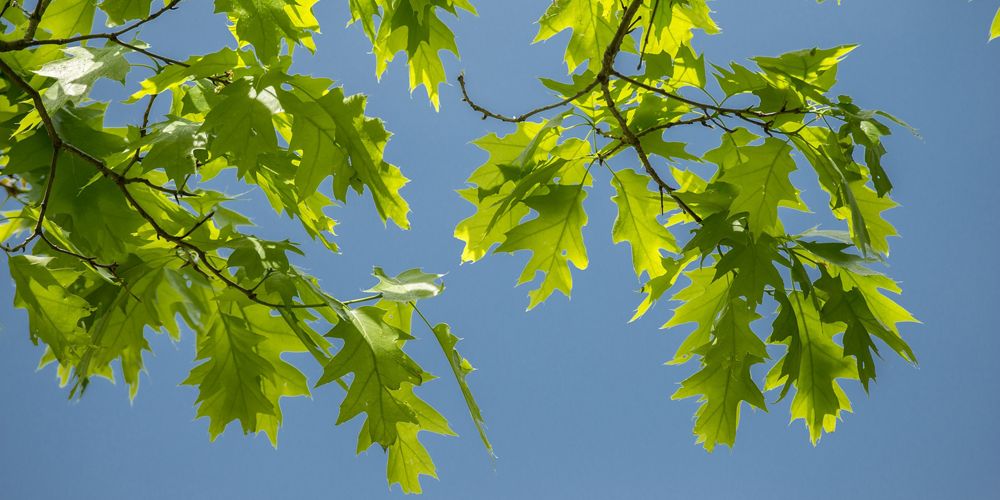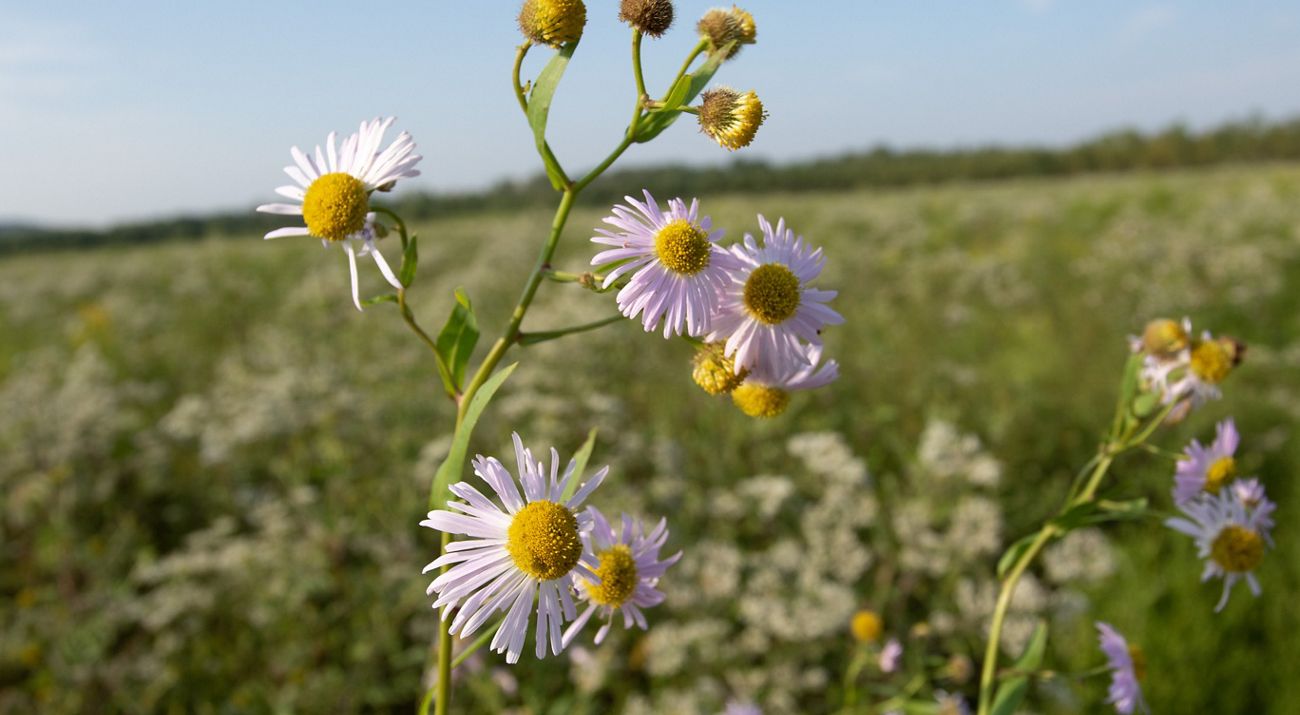Create Your Conservation Legacy
A planned gift is one of the most impactful ways you can support The Nature Conservancy's critical conservation work. You may be able to save on taxes, receive income for life or enjoy other financial benefits—all while helping to keep nature healthy for years to come.
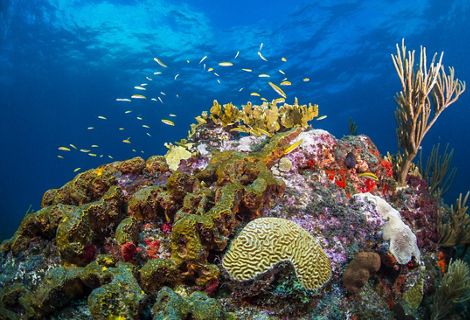
Explore Your Planned Giving Options
Not sure where to start? Learn more about planned gifts here on our website, or talk to one of our specialists. We can help you find the right planned gift for your unique situation.
Gift Planning Considerations
We want to ensure you have everything you need to make the giving decision that's best for you.
Get started with resources that will help you learn more about planned gifts, and find information for financial advisors.
The Nature Conservancy is one of the world's most effective and wide-reaching environmental organizations.
Get the language you need to include The Nature Conservancy in your estate plan.
Our planned giving specialists can help every step of the way.
The Legacy Club
Many dedicated TNC supporters have joined The Legacy Club by making meaningful planned gifts that will protect nature for future generations. This incredible community of like-minded supporters receive exclusive trip and event invitations, a special newsletter and more!
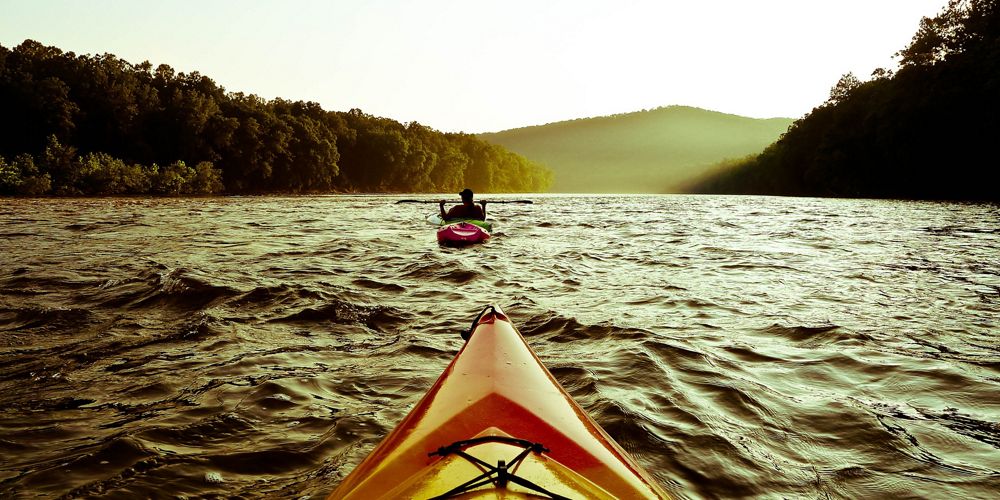
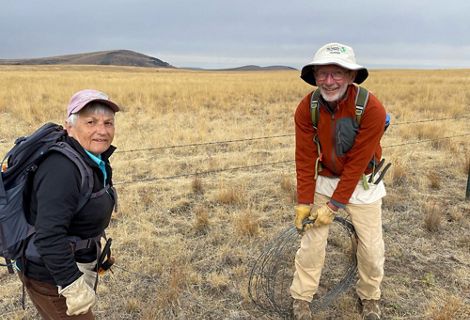
Leave a Legacy
From removing invasive species to serving as naturalists, Legacy Club members and TNC volunteers Dale and Lois Derouin give their all to support nature.
We're Here to Help
Further your financial goals and help keep nature healthy with smart and thoughtful planned giving. The Nature Conservancy has many options that offer a variety of benefits, and our experience is unparalleled.
